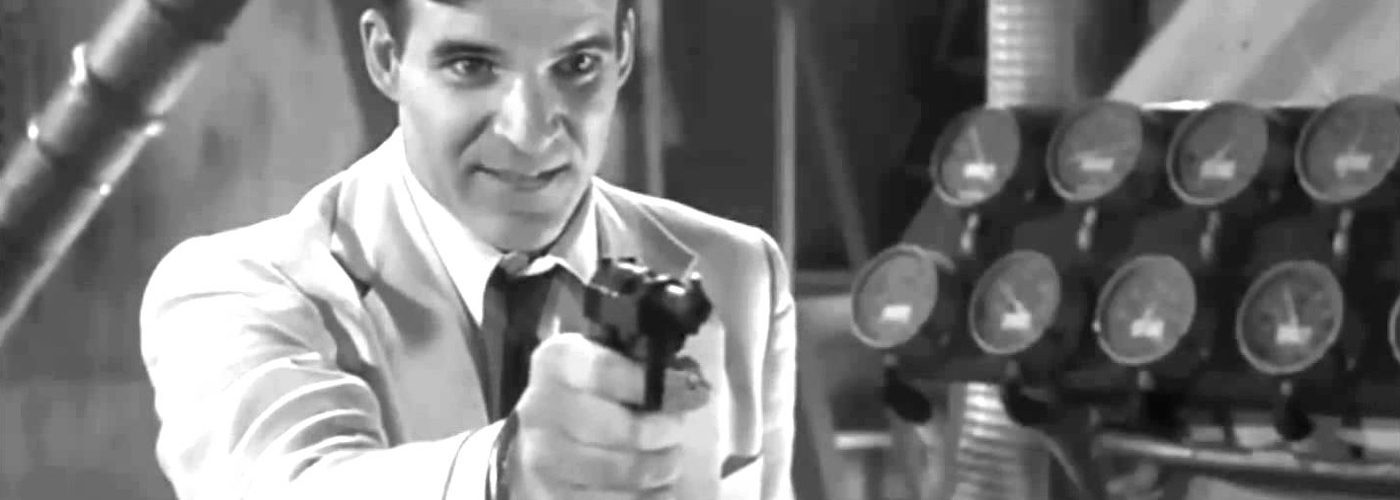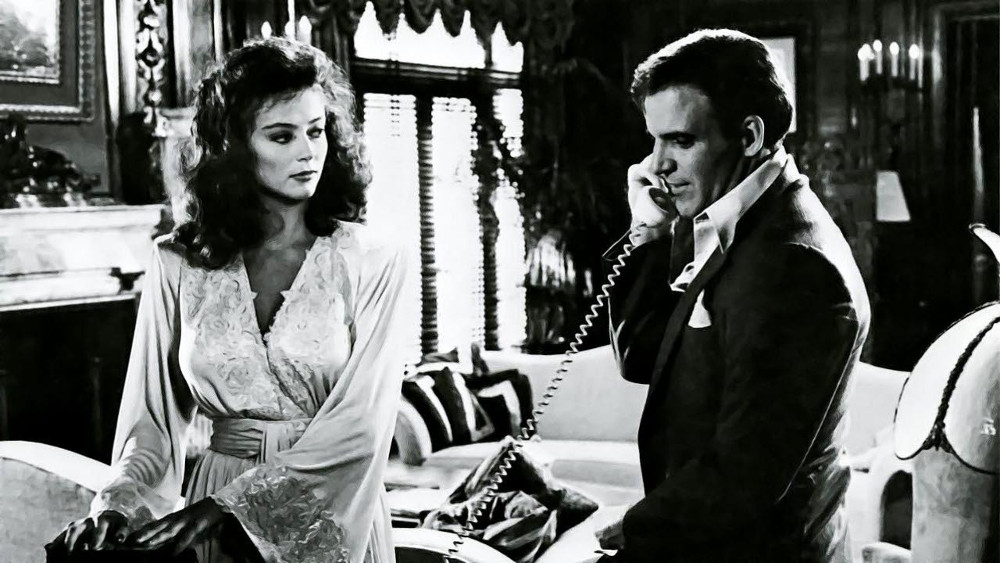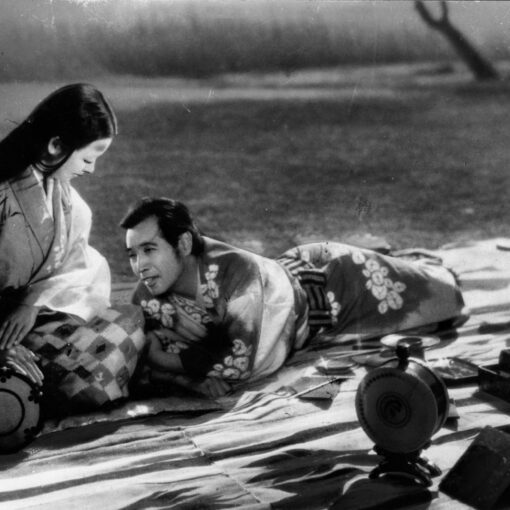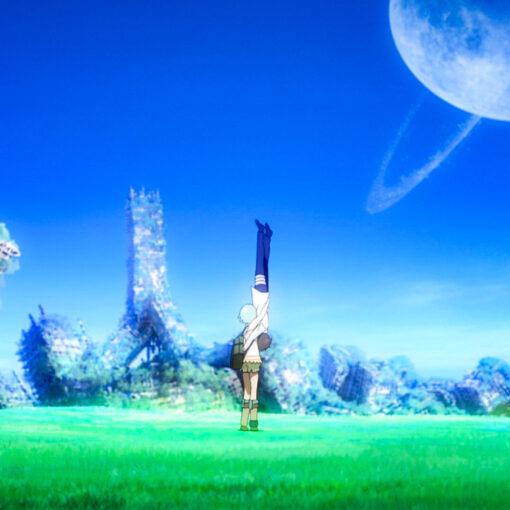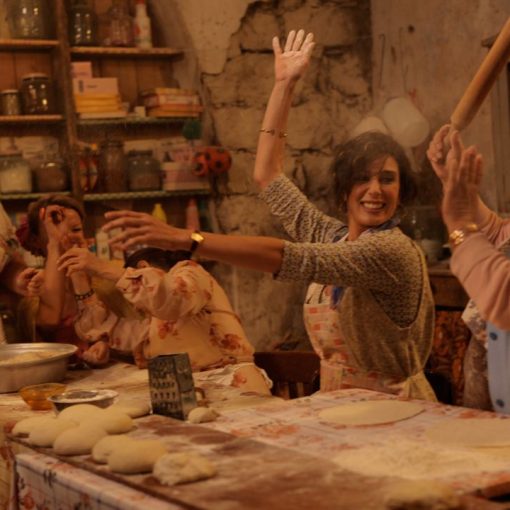 | Original title: Dead Men Don't Wear Plaid |
Rating:  (3.5 / 5) (3.5 / 5) | |
| Year: 1982 | |
| Director: Carl Reiner | |
| Duration: 98 min. | |
| Genres: Comedy, Mystery, Crime, Neo Noir |
Dead Men Don’t Wear Plaid
Back in the 40’s and 50’s Hollywood was churning out dozens of films noirs every year. They probably didn’t realise it back then, but they were making films of a type that transcends time. At least they have until now. Some of them, such as The Maltese Falcon, Double Indemnity, The Big Sleep, Laura, The Third Man and Touch of Evil are still considered to be among the greatest classics of the era. But those are the big ones. In those days most of them came with B-listings: Films that cost almost nothing to make but bring in a little money so the big ones could be made. This forced the people making them to get creative with scripts, set pieces and camera work. To make something out of nothing. Some very fine noirs came from the B-movie circuit. Films such as Detour and D.O.A. (both in the public domain) had very little to work with, so the story had to be bold and the direction daring. They are now considered hidden gems in the realm of noir.
If you need me, just call. You know how to dial, don’t you? You just put your finger in the hole and make tiny little circles. (To Have and Have Not, 1944)
Over the years film noir has inspired many films that we place under sub-genres like neo noir, tech noir and even steampunk. Films like Chinatown, Blade Runner, L.A. Confidential and Memento are examples of that. But of course the type of film, with its very typical mood, the crazy witty one-liners and pretty femmes fatales has also become the subject of comedy writers. They have a field day exploiting the already over-the-top characteristics of film noir. Dead Men Don’t Wear Plaid is one of those spoofs, like The Cheap Detective and Who Framed Roger Rabbit, but it’s not your average film. It required the brief introduction to film noir because it doesn’t just borrow from them, it actually incorporates slices from those films into its own story. That means that you see a 1982 character walk through a door and one cut later he is talking to Humphrey Bogart or Burt Lancaster. But it’s not just the men they fit in. Noir lovers will get their fair share of some of the best, prettiest and most deadly dames that walked the shady back alleys back in the days. For instance Ava Gardner, Barbara Stanwyck, Ingrid Bergman and Veronica Lake. It’s a treat and a challenge trying to dig through your memory to figure out which famous or not so famous dark corner they came from.
Carlotta was the kind of town where they spell trouble T-R-U-B-I-L, and if you try to correct them, they kill you.
As for the story, ah who cares. It’s a bit of a mess to be fair, with all the jumping back and forth between scenes from 1982 and scenes from other films. The story is one of a typical detective noir. Confusing, full of twists, guns, one-liners and the narrator telling how pretty the women look. The characters from the past serve as set-up for a joke or silly discussion for the most part. Most of it is actually 1982 footage in which a detective, Rigby Reardon, played by Steve Martin, fumbles through a case. He is recruited early on by Juliet Forrest, the femme fatale (or is she?) played by Rachel Ward, to dive into a black pool of murder mystery madness. Juliet’s father died in a car crash, but she suspects foul play and that he was murdered. It’s mostly just the two of them and the characters from the old films progressing the plot, but the director himself also plays a part.
My plan was to kiss her with every lip on my face.
The whole thing is filmed in black and white, but that should go without saying. The blends with the old films are done fairly well, but still it’s very easy to see when a clip starts and when it’s new footage. I guess to those who haven’t seen many noirs or don’t particularly like that type of film this is something they should skip. I should add that even if you do like them I’d advise you to save this film for when you’ve seen most or all of the noirs used in this film. It makes it so much more fun figuring out which one they took the scenes or pieces of dialog from. And then when you figured it out there’s even more fun in comparing how they used the clip in this film to how the scene happened in the original film. The part where they used Burt Lancaster was sheer brilliance, even more so if you know what happened in the original film. The biggest (first world) problem, aside from the hard-to-follow plot, is that all these clips really made me want to see those films more than the one I was watching. For me that wasn’t a big problem, I am patient and will (re)watch them sooner or later, but it can be a bit of a distraction.
